According to information from the Ministry of Agriculture and Environment , mineral planning is a very important activity in resource management and has received attention and focus.
However, the implementation process has recently given rise to many difficulties, conflicts and inadequacies. A typical example is the case we are facing.

Headquarters of the Ministry of Agriculture and Environment (Photo: Van Ngan).
The Ministry of Agriculture and Environment cited a report by the Dak Nong Provincial National Assembly Delegation in 2024 showing that the mineral planning is currently overlapping with the national transport system. Specifically, 221 hectares overlap with National Highway 14, 124 hectares of National Highway 28, and overlap with the Gia Nghia Chon Thanh Expressway approved by the National Assembly in Resolution 138/2024.
Mineral planning also affects biodiversity issues in this locality when it can cause the loss of nearly 28,300 hectares of land for forest land planning purposes; 21 hectares of land use planning for Nam Nung Nature Reserve and 96 hectares of land use planning for Ta Dung National Park.
Proper implementation of mineral planning may also cause Dak Nong to no longer have land area to arrange all non-agricultural activities according to Decision No. 326/2022 of the Prime Minister such as: land for community activities, land for public entertainment, rural residential land, land for headquarters construction, land for religious beliefs, land for construction material production.
Furthermore, in Dak Nong, there is an administrative unit with bauxite planning occupying over 97% of the natural area and there is no more land to plan other social activities for more than 4,000 people.
Bauxite mineral planning is currently occupying common construction material mines, fill soil, and residential development areas, leading to a lack of land to develop resettlement areas serving the transport infrastructure and construction works of the alumina plant (tailings dam, red mud lake, etc.).
Typically, in Dak Rmoan commune, Gia Nghia city, the natural area is more than 4,900 hectares but the bauxite mining plan is up to nearly 4,600 hectares.
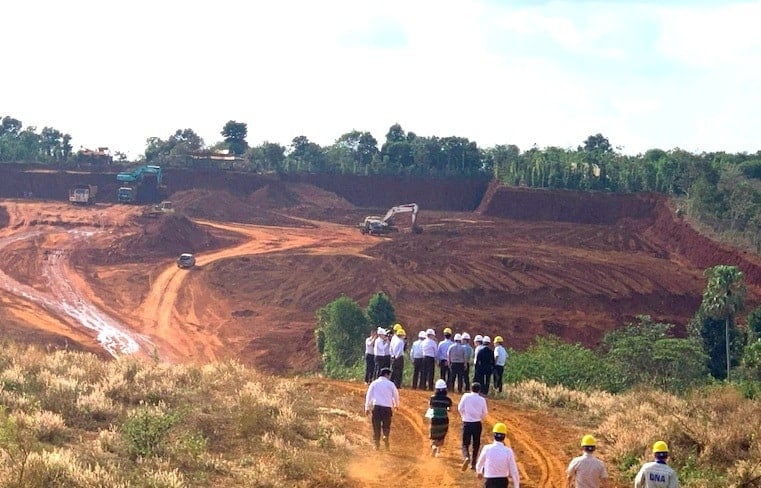
Bauxite mining site in Dak Nong (Photo: VGP).
Similarly, according to the Ministry of Agriculture and Environment, many localities are tending to limit or even stop mineral exploitation to prioritize land funds and natural resources in mineral-rich areas for socio-economic development.
This leads to overlaps and conflicts between mineral exploration, exploitation, processing and use planning and other development planning such as urban planning, industrial zones, and eco-tourism. According to the Ministry, this reality has been and is happening in coastal provinces such as Quang Binh, Hue, Binh Thuan, etc.
"The work of planning for exploration, exploitation and use of minerals at the central level is carried out by the Ministry of Industry and Trade and the Ministry of Construction, but the database on resources and management of mineral resources is the responsibility of the Ministry of Agriculture and Environment. Therefore, some plans for exploration, exploitation and use of minerals that were previously approved are not very effective, or are frequently adjusted," the Ministry pointed out.
Furthermore, with the view of approaching coal as an energy mineral, the Ministry of Industry and Trade has included it in the Master Plan on Energy, not in the planning of mineral exploration, exploitation and use. This has led to a long period of inability to grant licenses for mineral exploration and exploitation.
There are even multi-purpose minerals such as marble, dolomite, white sand, kaolin - feldspar, bentonite... which are both established by the Ministry of Construction (construction materials planning) and by the Ministry of Industry and Trade (industrial materials), leading to a mineral area being included in two different plans.
The 2024 Law on Geology and Minerals assigns the Government to assign agencies to prepare and submit to the Prime Minister for approval plans for basic geological and mineral surveys, group I mineral plans, and group II mineral plans. However, the Ministry of Agriculture and Environment believes that the transitional provisions will not have long-term value.
From there, the Ministry affirmed that the above shortcomings and inadequacies need to be resolved soon, to ensure the goal of sustainable mineral resource management.
Source: https://baodaknong.vn/dak-nong-gap-kho-vi-quy-hoach-khoang-san-chong-lan-giao-thong-quoc-gia-248827.html












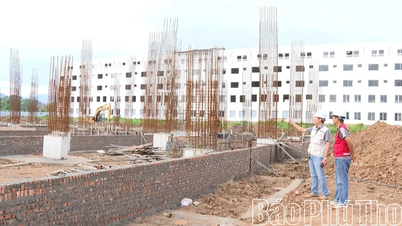

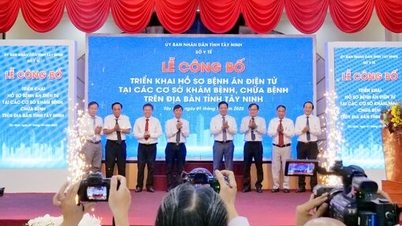

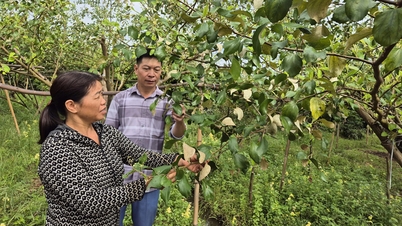

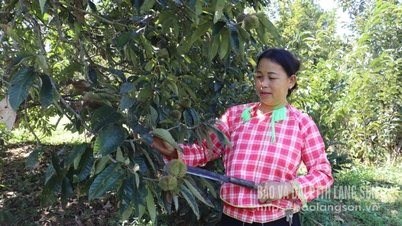

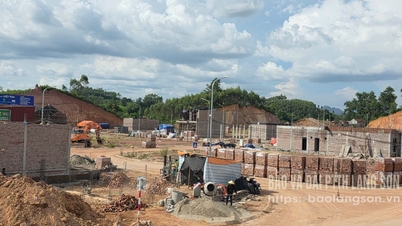






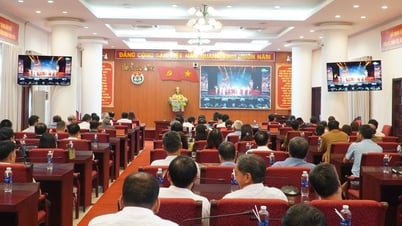

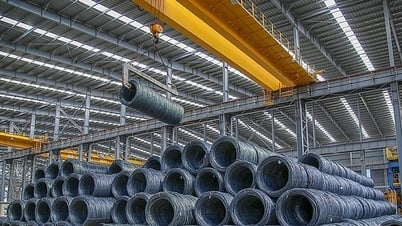
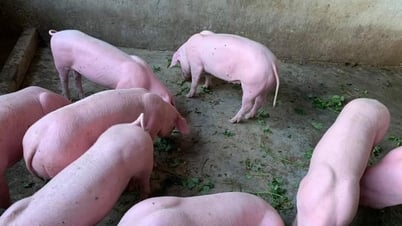






































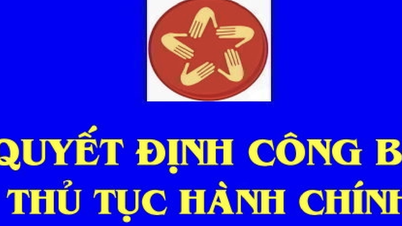



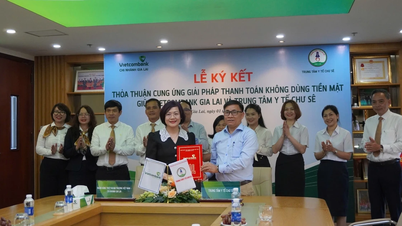

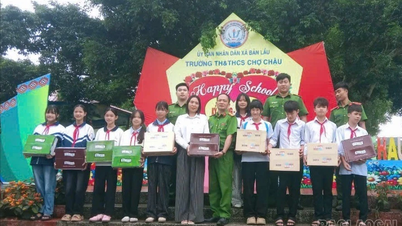

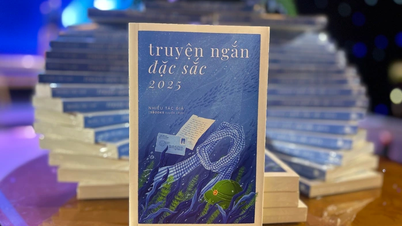


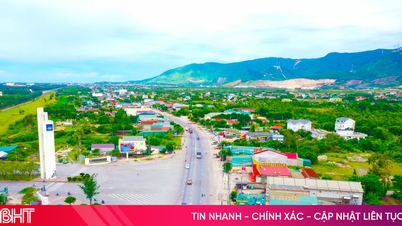

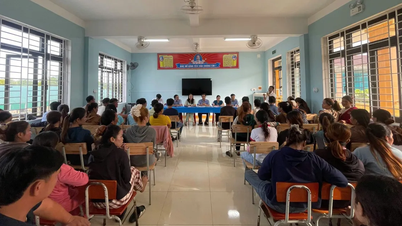














Comment (0)